Mangroves, shellfish beds, seagrasses and constructed wetlands can reduce pathogen pressure in coastal ecosystems
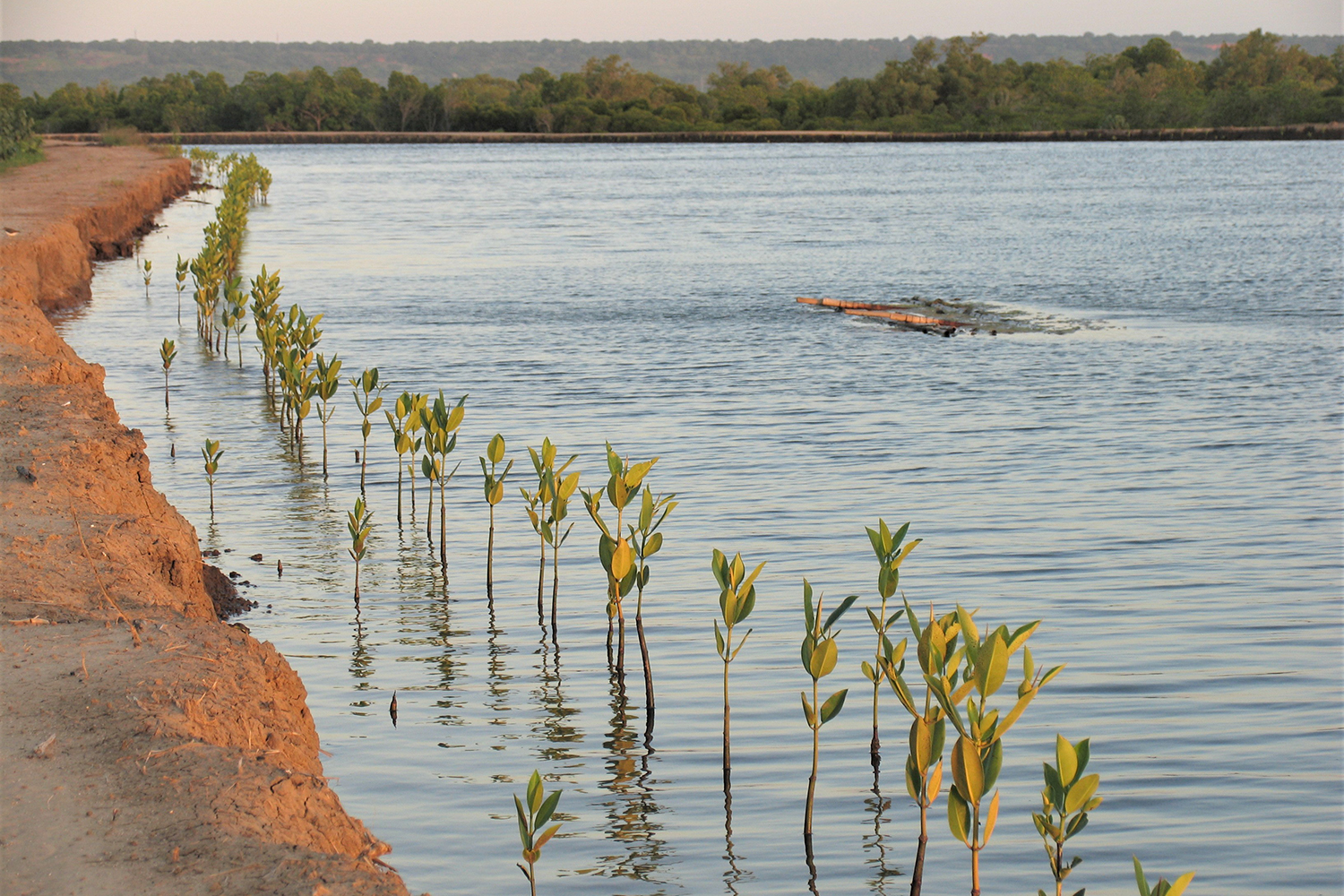
Innovative, sustainable and creative solutions are needed to manage ocean pathogens to limit their spread and effects. Filtration is an important ecosystem service to consider for removing and containing pathogens in the coastal environment. Filtration is defined as the reduction of pathogens in the water column by a variety of means including the reduction of water speed (i.e., flow rate), particle interception, biochemical transformation of nutrients and contaminants, absorption of water and nutrients and sedimentation.
Natural filtration in coastal environments can occur by vegetation (i.e., via seagrass, salt marshes and mangroves) and shellfish beds. However, these natural filtration services may be in danger as coastal ecosystems are threatened by habitat loss, climate change, and disease. The planet has lost about 50 percent of its wetlands since 1900 and seagrasses, salt marshes and mangroves are all declining globally. Recent estimates indicate that mangroves and seagrass beds are declining annually by 0.13 and 7 percent, respectively.
New research seeks to bolster natural filtration systems to decrease pathogen pressure and improve human health. Investing in natural filtration systems is an affordable and low-maintenance option when compared to wastewater treatment facilities. Restoring and protecting wetlands can sustainably reduce pathogen pressure in coastal ecosystems by supplementing existing wastewater treatment strategies.
This article – adapted and summarized from the original publication (Klohmann, C.A. and J.L. Padilla-Gamiño. 2022. Pathogen Filtration: An Untapped Ecosystem Service. Front. Mar. Sci., 11 July 2022) – reports on a review to examine the role that coastal marine ecosystems, namely mangroves, shellfish beds (mussels and oysters), seagrasses and constructed wetlands, play in pathogen filtration and the mechanisms that decrease pathogen loads.
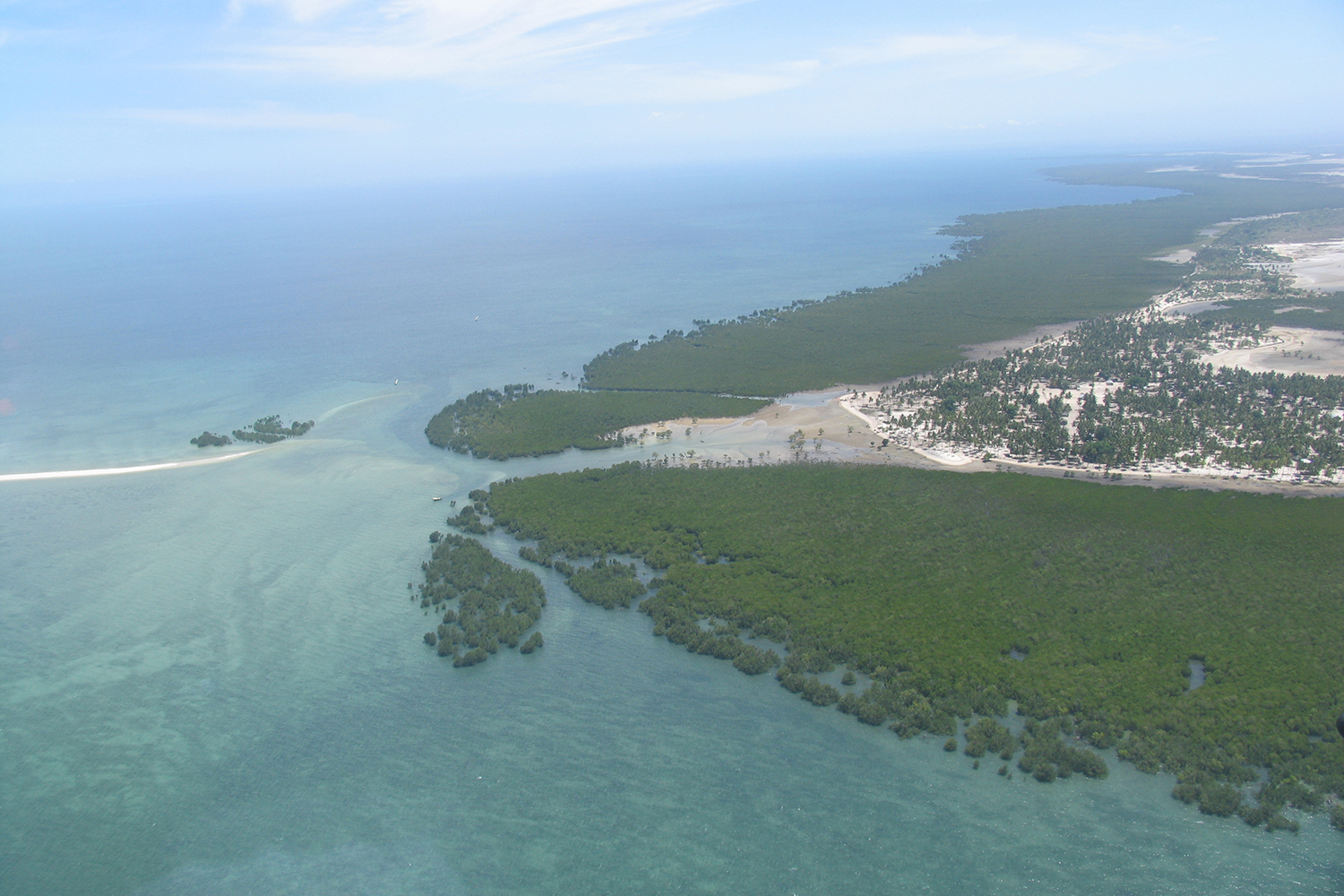
Mangroves
Mangrove forests are coastal ecosystems widespread in the intertidal zone in tropical and subtropical areas, covering 136,000 square kilometers globally. These forests provide key ecosystem services such as carbon sequestration, nursery habitat for fish and coastal protection. Mangroves reduce excess nutrients in coastal waters, including nitrogen and phosphorous, and are resilient plants capable of exuding and expelling salts, enabling them to thrive in highly saline environments. Tropical shrimp farms utilize mangroves’ natural biofiltration properties to efficiently remove excess nutrients. They are also the largest store of carbon in the coastal zone and can reduce ocean acidification. Human and fish pathogens are filtered by mangroves, and phytochemicals in mangrove leaves and fungi found in their root sediments may help kill bacterial pathogens.
Mangroves have also been referred to as “natural wastewater wetlands” and are considered secondary wastewater treatment systems in China due to their filtration capabilities. Mangrove roots may reduce viral pathogens as they are efficient desalinators, removing up to 90 percent of sodium ions from seawater. Mangrove desalination may be an important mechanism for pathogen filtration, as salts promote viral absorption due to their negative charge. This charge is hypothesized to increase hydrophobic interactions between viruses and the roots, which may lead to viral absorption by the mangroves.
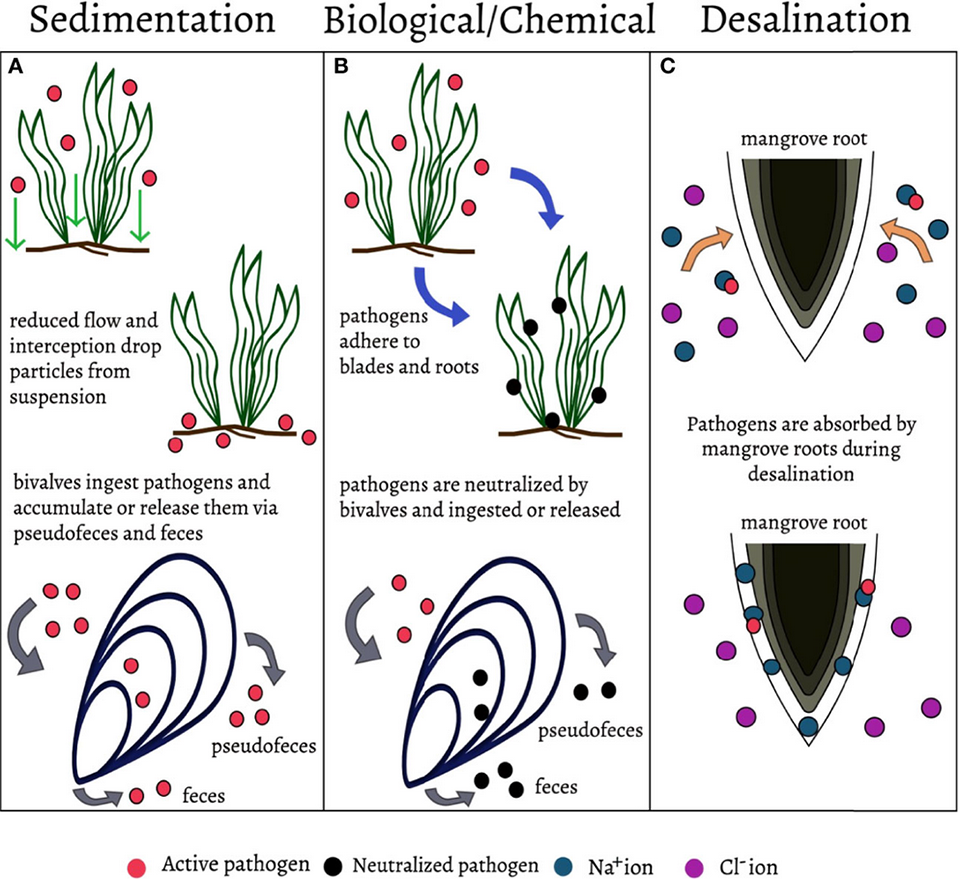
Mangrove forests are very efficient pathogen filtration systems; however, more research is needed to better understand how we can best utilize mangroves to remove pathogens from coastal waters.
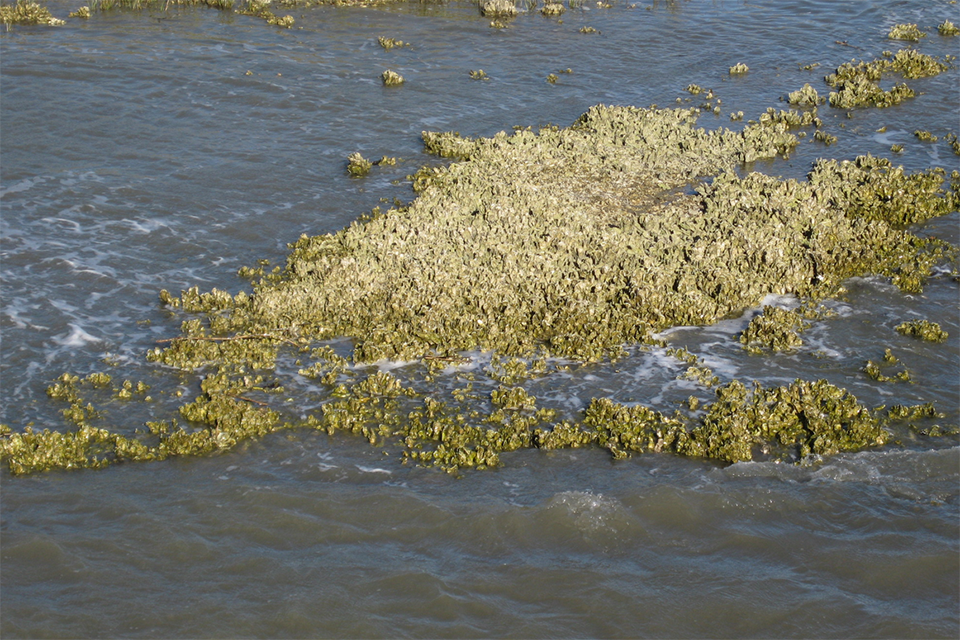
Shellfish beds
Bivalves are encouraging pathogen filtration specialists due to their high filtration capacity, ubiquity in many ecosystems, tolerance for poor water quality, and abundance. An individual filter-feeding bivalve can filter about 38 to 380 liters of water a day using its gills. Bivalves feed by capturing particles from the water column, primarily phytoplankton and zooplankton, but they can also consume bacteria, viruses, and other organic matter in the process. They are selective feeders and particle capture depends on size, density and surface chemical compounds. Some pathogens may be killed within bivalve gills and gut tissue during ingestion and digestion, but most are likely expelled as feces or pseudofeces.
Bivalves may also inhibit microbial growth through the production of peptides and polypeptides. Additionally, mussels are used at aquaculture facilities to reduce bacterial and eukaryotic pathogen abundance in fish farms. While bivalves may remove pathogens due to their filtration efficiency, they could also store them in their tissues. Accumulation occurs when pathogens do not degrade and instead build up inside the bivalve and can lead to transmission to species that consume the filter feeder. This potential transmission renders bivalves a less sustainable option for natural filtration, as shellfish beds present an infection risk to their predators. However, recent research has shown that oyster aquaculture may reduce pathogens for wild oyster populations as long as aquaculture stocks are harvested before they can spread disease.
Given the large distribution of bivalves, their filtration efficiency, and high densities, shellfish beds have the potential to reduce pathogen loads in coastal waters. Bivalves could also be used to monitor pathogens and have been used to monitor pollutants.
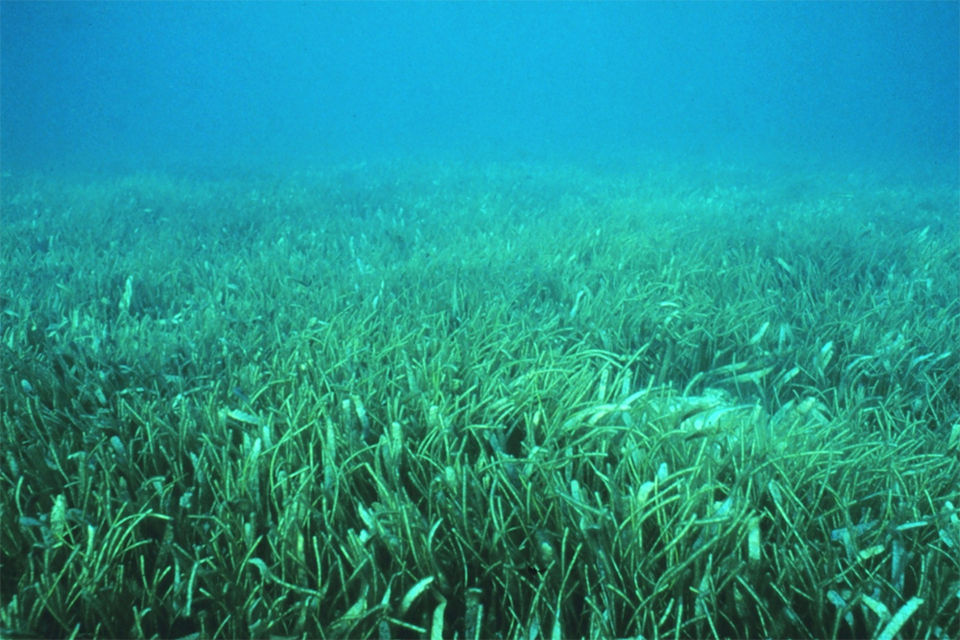
Seagrass beds
Seagrass beds are another ecosystem hypothesized to remove pathogens and are one of the most important coastal ecosystems, providing U.S. $1.9 trillion in nutrient cycling services annually. Additionally, seagrasses act as a “nutrient pump” by absorbing nutrients from the soil and releasing these nutrients through their leaves. Seagrasses are estimated to cover 600,000 square kilometers of the coastal floor from the Arctic circle to the tropics, and some beds are large enough to be seen from space, earning them the name “forests of the sea.”
While seagrasses are well studied, their ability to filter pathogens from the water column was only recently identified. In the tropics, researchers found that seagrass beds are associated with reduced abundances of human, fish and invertebrate pathogens. This reduction of pathogens not only improves human health but also benefits corals that have fewer diseases in seagrass beds. To date, little is known about the underlying mechanisms involved in the reduction of these pathogens. However, it is likely that a combination of sedimentation, a decrease in water flow rate, and mechanical and chemical filtration contribute to seagrasses’ reduction of pathogens.
Phytochemicals within the seagrass plants may also kill pathogens, but this mechanism is still unclear. Allelopathic activity in seagrasses – the defensive release of chemicals – and biological interactions of the micro and macro epibionts may also play a role in pathogen filtration services in this important ecosystem. It is important to note that the decline of seagrass beds worldwide is attributed to both pathogens and anthropogenic factors such as ocean warming and eutrophication. More research is needed to fully understand the vulnerability and potential of these filtration mechanisms.
Pathogen reduction using constructed wetlands
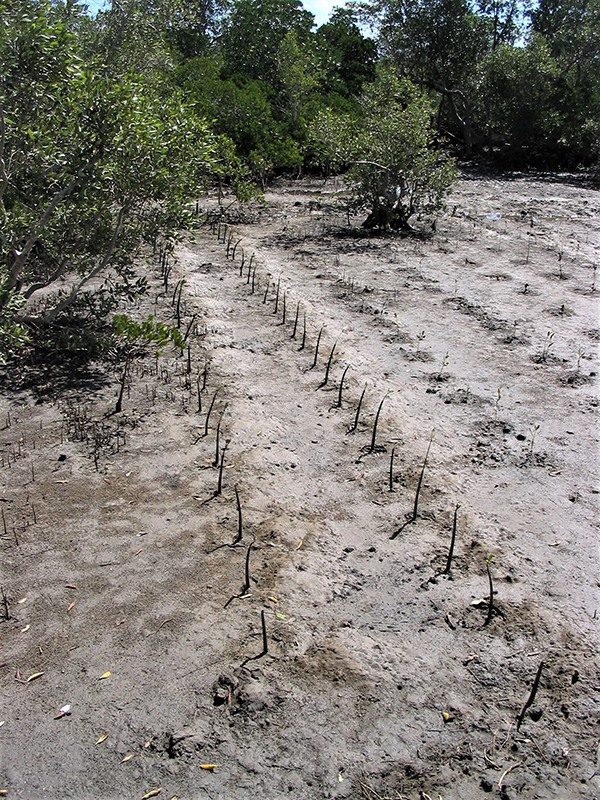
Constructed wetlands (CWs) are defined as treatment systems that improve water quality through natural processes involving wetland vegetation, soils and associated microbial assemblages. In the 1950s, CWs were developed to expand on the services that naturally-occurring wetlands provided, such as improving water quality from stormwater runoff, greywater, and wastewater. CWs can vary in their design but are meant to remove heavy metals, nitrogen, phosphorous and chemical pollutants from runoff and remove harmful pathogens.
CWs are utilized in a wide variety of industries to filter wastes, such as in textiles, paper milling, agriculture, and mining. Recently, CWs were integrated into the aquaculture industry and have successfully been used to remove nutrients from catfish and rainbow trout aquaculture facilities. Vegetation in the CWs removes excess nutrients and also reduce water flow, allowing solids to be taken up by their root systems. CWs are excellent effluent removal options for land-locked aquaculture facilities because they can be implemented in both fresh and saline environments.
Additionally, CWs decrease human pathogens from wastewater without the use of chlorine, which is a more sustainable and less damaging process than traditional chemical practices. Some CWs reduce water flow, allowing viruses in suspension to be killed by UV radiation. Pathogens are removed from CWs by multiple mechanisms. The reduction of nutrients and pathogens depends on wetland type, size and design and a combination of physical, chemical and biological mechanisms. Some physical factors involved include mechanical filtration, sedimentation, and absorption of organic matter as well as CW design.
Sedimentation, the removal of particles from suspension, is most effective against bacteria and coliforms such as fecal streptococcus due to these pathogens’ larger size and faster settling rate. Mechanical filtration (i.e., passing the water through a filter), included in some constructed wetlands, can effectively remove pathogenic microorganisms, particularly protozoans. Mechanical filtration is also effective at removing fecal indicator bacteria. Predation activity of nematodes, rotifers, protozoa, bacterivorous bacteria and phages is also an important factor affecting bacterial removal in CWs.
The need for sustainable and affordable wastewater treatment systems, such as CWs, will only continue to grow along with the global population and wastewater discharge. CWs are an excellent example of a sustainable investment that will lower the abundance and risk of pathogens. These systems may also provide some insight into the mechanisms associated with pathogen removal in natural ecosystems.
Treatment of shrimp pond effluent using constructed wetlands
Discussion
Marine diseases are challenging to manage because pathogen transmission is impacted by water chemistry, currents, and ecological dynamics. We need creative solutions to reduce pathogen pressure to limit catastrophic host population die-offs and other negative downstream impacts. Natural filtration systems are an appealing solution to reduce pathogen loads and supplement wastewater treatment due to 1) their cost compared to artificial filtration systems and/or water treatment plants, and 2) because pathogen reduction is not contingent upon pathogen isolation. These benefits make natural filtration systems an excellent investment to reduce novel, zoonotic [caused by pathogens that spread between animals and people] diseases in marine environments with important consequences for human health.
Natural pathogen filtration has several inherent limitations. Natural filtration only has the potential to reduce infectious disease when transmission is a rate-limiting step for epidemiology. Some marine pathogens are so ubiquitous that exposure and transmission are almost guaranteed. In other cases, such as epizootic shell disease in lobsters, many of the bacteria associated with this disease are found on the shell of healthy lobsters, but their role switches from commensal to pathogenic. Natural filtration may be unable to prevent or mitigate the effects of such pathogens on an ecologically significant scale.
Future work is needed to examine the interactions between pathogen and host in ecosystems with filtration potential and to answer the following questions: Can natural filters fail due to pathogen overload? How can we test and monitor filtration performance? How often do we need to replace natural filtration systems to maintain pathogen filtration efficiency? What are the impacts of extracellular and intracellular pathogens in filtration performance? These are important questions as we consider the use of natural filtration systems to reduce pathogens in the coastal zone.
Perspectives
Coastal wetland ecosystems create habitats that facilitate high biodiversity, which may lead to lower pathogen pressure. Despite the critical roles these ecosystems play, they are increasingly threatened by climate change, pollution and anthropogenic activities. It is essential to protect them to maintain the services they provide. Conserving these natural areas may decrease pathogen transmission between wildlife and humans, leading to fewer zoonotic events.
We require further understanding of the mechanisms involved in pathogen filtration, its relation to other ecosystem services, and the role that other ecological factors play in pathogen reduction to implement these systems at their full potential.
Now that you've reached the end of the article ...
… please consider supporting GSA’s mission to advance responsible seafood practices through education, advocacy and third-party assurances. The Advocate aims to document the evolution of responsible seafood practices and share the expansive knowledge of our vast network of contributors.
By becoming a Global Seafood Alliance member, you’re ensuring that all of the pre-competitive work we do through member benefits, resources and events can continue. Individual membership costs just $50 a year.
Not a GSA member? Join us.
Authors
-
Corinne A. Klohmann
Corresponding author
School of Aquatic and Fishery Sciences, University of Washington, Seattle, WA, United States -
Jacqueline Padilla-Gamiño, Ph.D.
School of Aquatic and Fishery Sciences, University of Washington, Seattle, WA, United States
Tagged With
Related Posts
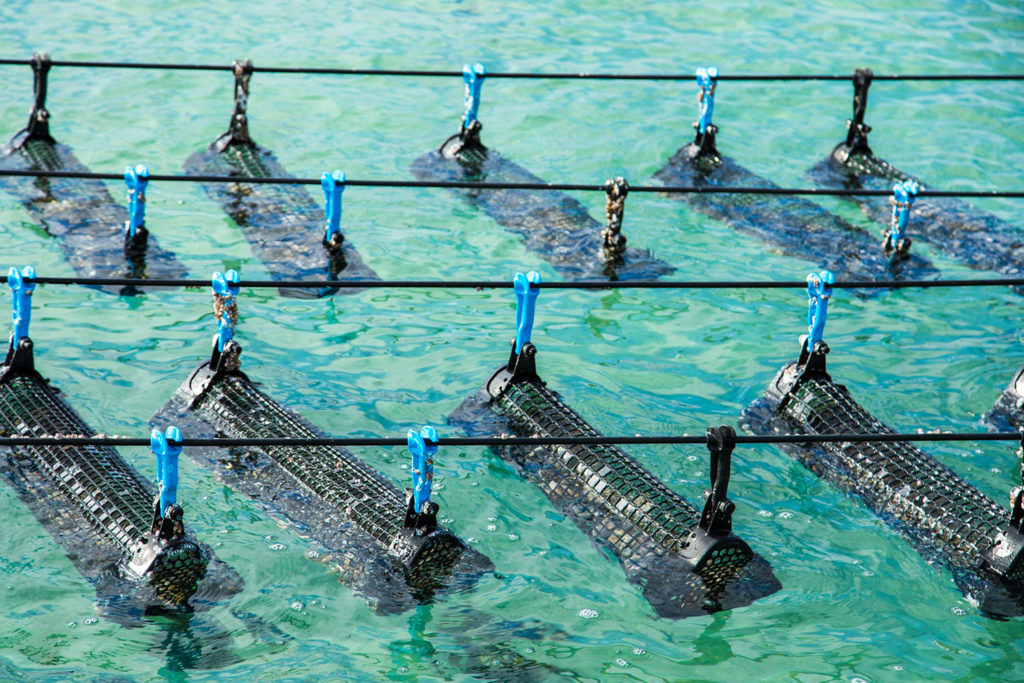
Responsibility
Advancing the ecosystem services of aquaculture
The Nature Conservancy was inactive in aquaculture until new program leader Robert Jones joined. His focus is on the positive outcomes of responsible aquaculture.
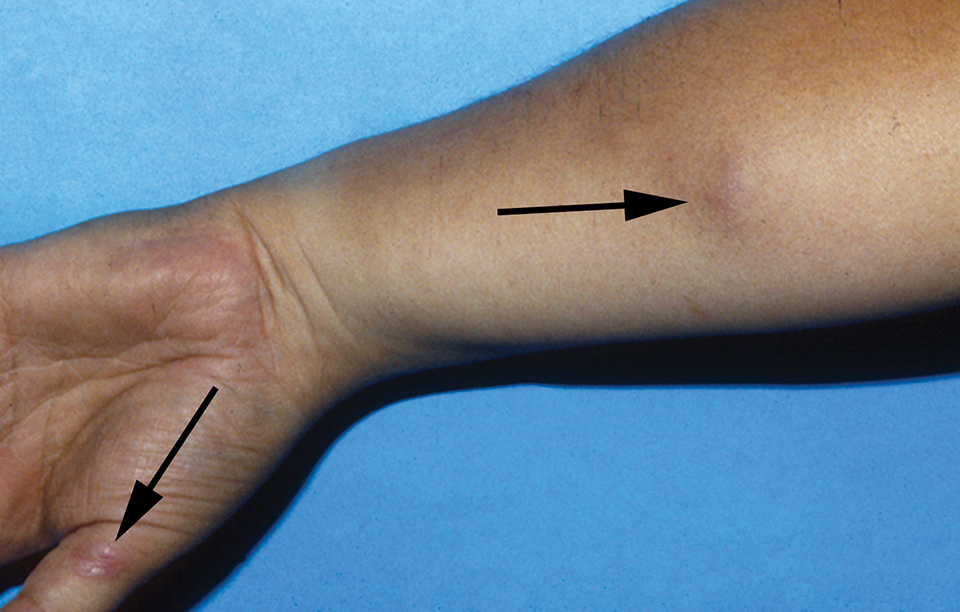
Health & Welfare
Working with fish, limiting zoonotic diseases
Prevention through good hygiene, use of gloves and basic biosecurity procedures is the best method for reducing the risk of acquiring zoonotic diseases.
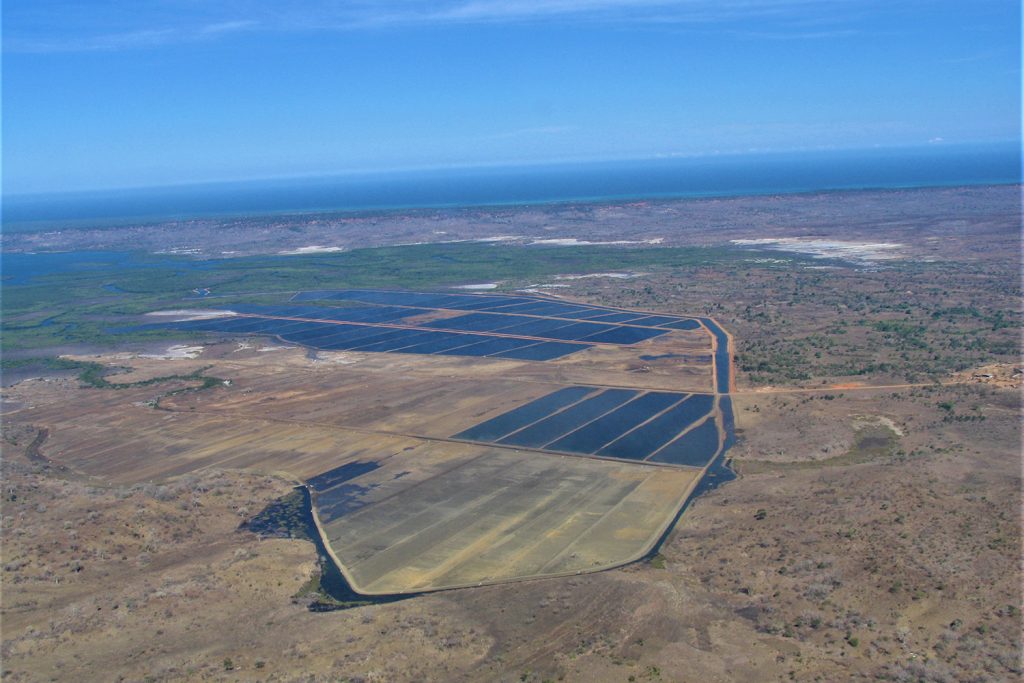
Responsibility
A comparison of resource use in shrimp farming, part 1: Land
Prof. Boyd discusses land use in shrimp farming in the five major exporting countries of farmed shrimp: Ecuador, India, Indonesia, Thailand and Vietnam.
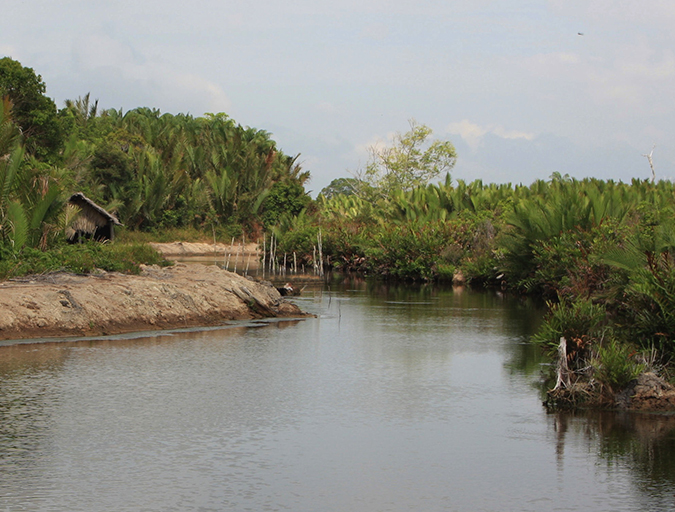
Intelligence
From forest to plate, a shrimp redefining ‘farmed’
The explosive growth of shrimp farming has long been associated with mangrove deforestation in Southeast Asia. A silvofishery method of producing the popular seafood is protecting the fragile ecosystems in Vietnam. A hungry marketplace is reaping the rewards.



